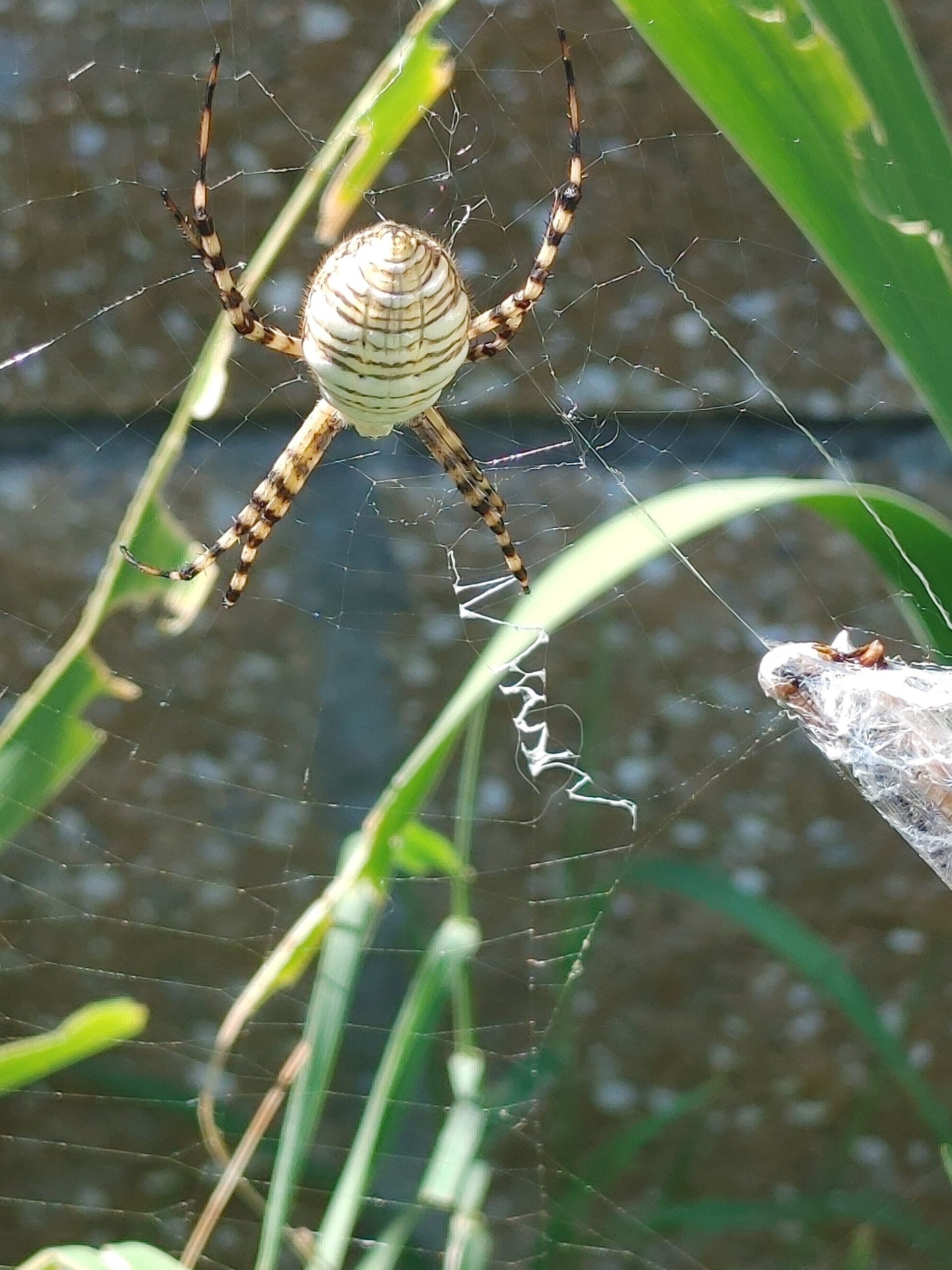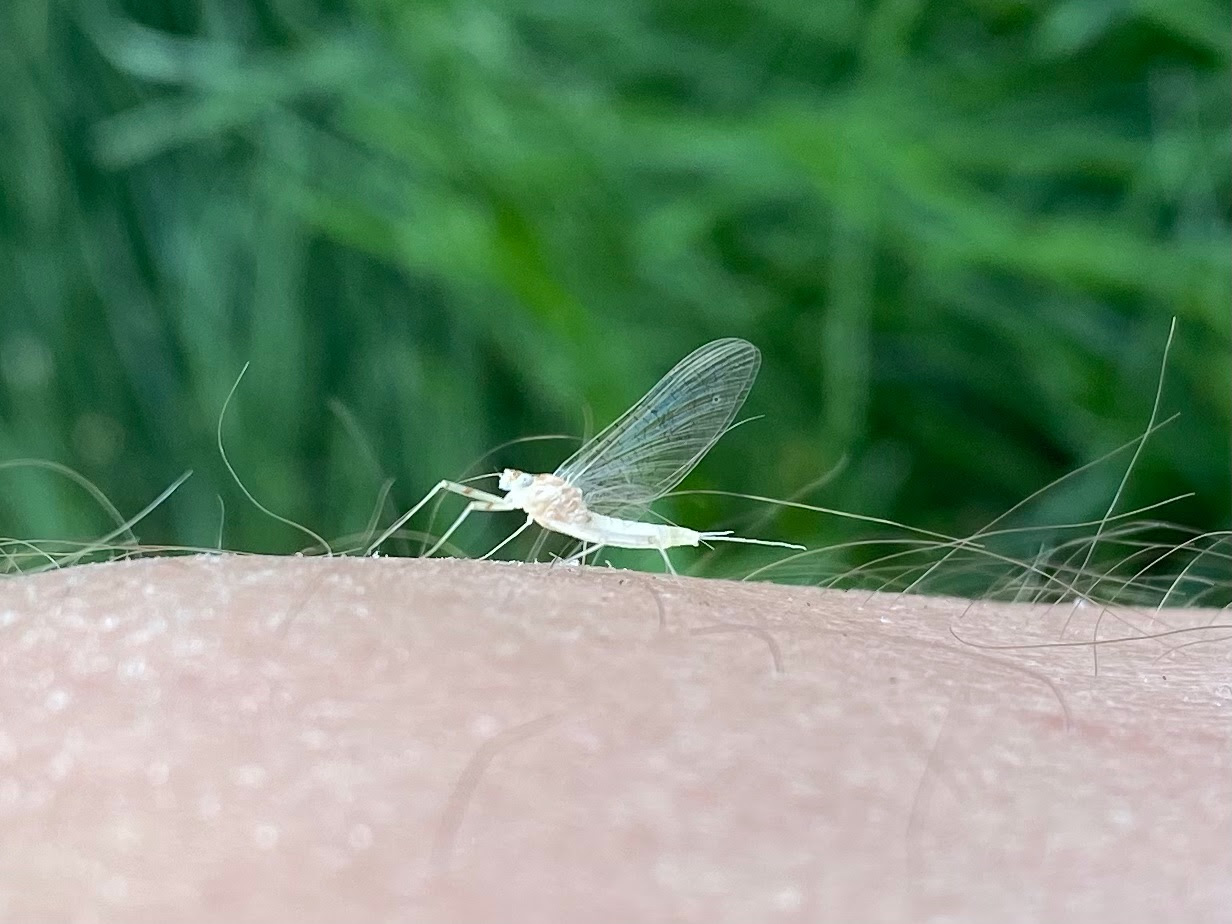Tachinid flies are mostly robust flies with spiny abdomens. This group lacks spines on the abdomen, with Gymnosoma meaning “naked body.” Adults sip nectar from flowers, but larvae prefer protein. Of the […]
Read MoreWhat’s Buzzin’
What can you see around Western Montana right now?
Yellow-collared Scape Moth (Cisseps fulvicollis)
These day-flying tiger moths are on the wing throughout the summer in fields with flowers, where they nectar from goldenrods (Solidago spp.) and more. You may also see them occasionally flying […]
Read MoreGreat Golden Digger Wasp (Sphex ichneumoneus)
Averaging almost an inch long with a bright half-black, half-orange abdomen, these solitary wasps are hard to miss. While watching them nectar at flowers is certainly interesting, if you are […]
Read MoreTwo-tailed Swallowtail (Papilio multicaudata)
To tell a Two-tailed Swallowtail from a Western Tiger Swallowtail caterpillar, focus on the black edge of the pupil of the large eyespot. For the Two-tailed it is a thin […]
Read MoreBanded Garden Spider (Argiope trifasciata)
Female orbweavers (family Araneidae), like this beauty, construct intricate, circular webs to ensnare their insect prey. Adult male orbweavers are typically smaller and not often seen. They generally do not spin webs, but wander […]
Read MoreA Flatheaded Mayfly (Maccaffertium terminatum terminatum)
While we could not find a lot of information for this particular species, this mayfly is part of the Flat-headed Mayfly family (Heptageniidae), a family whose larvae are known for their […]
Read MoreA Thread-waisted Wasp (in the genus Ammophila or Podalonia)
No matter what genus this wasp resides in, this paralyzed caterpillar is destined to be fresh food for its offspring. Both this and the Great Golden Digger Wasp, which was featured earlier […]
Read MoreSpurge Hawkmoth (Hyles euphorbiae)
These large hawkmoths (sphinx moths) are a non-native species that’s been released in the fight against leafy spurge (the food source for their beautiful caterpillars). They can be found in several […]
Read MoreGiant Lacewing (Polystoechotes punctata)
The life of the Giant Lacewing remains a mystery throughout the entomology world. Once found from New England to Puget Sound, these insects are incredibly rare. At up to 2 […]
Read MoreRed-femured Milkweed Borer (Tetraopes femoratus)
Find a good patch of milkweed (Asclepias spp.) and you are likely to spot these boldly-colored longhorn beetles. As the name suggests, they specialize on milkweed; the larvae feed on the roots […]
Read More








